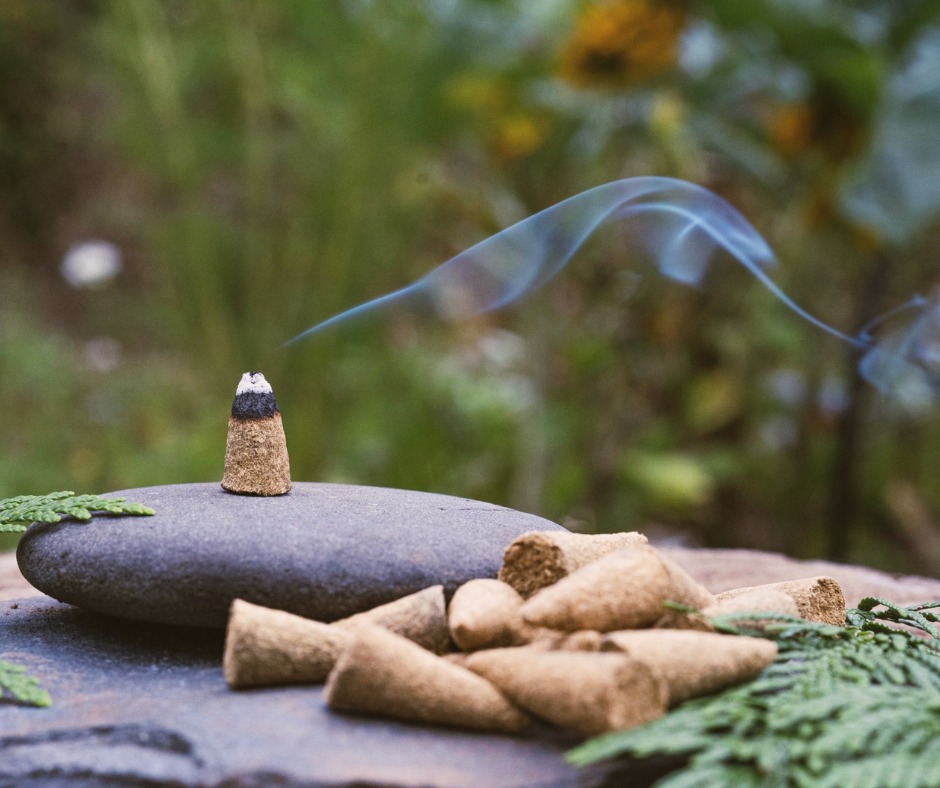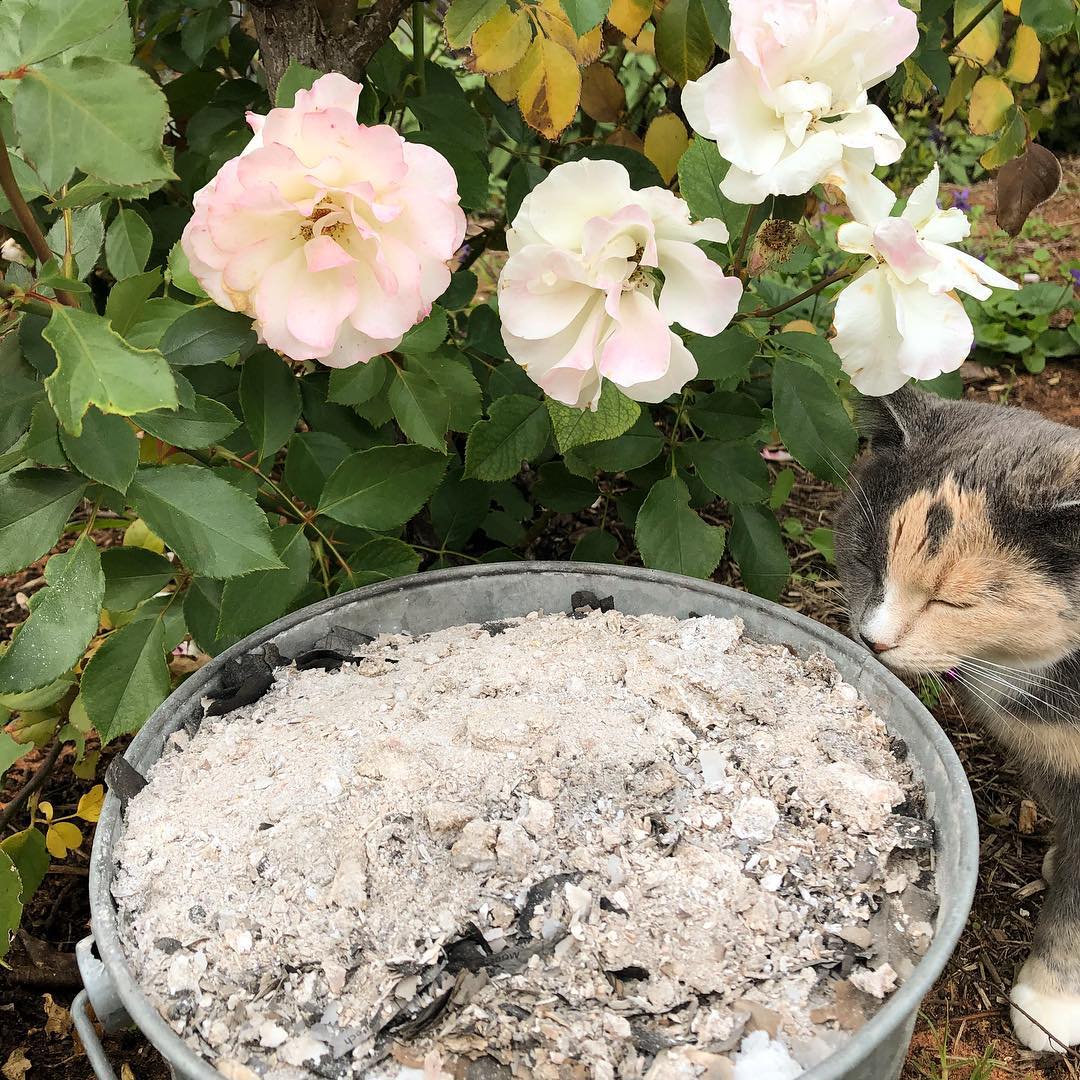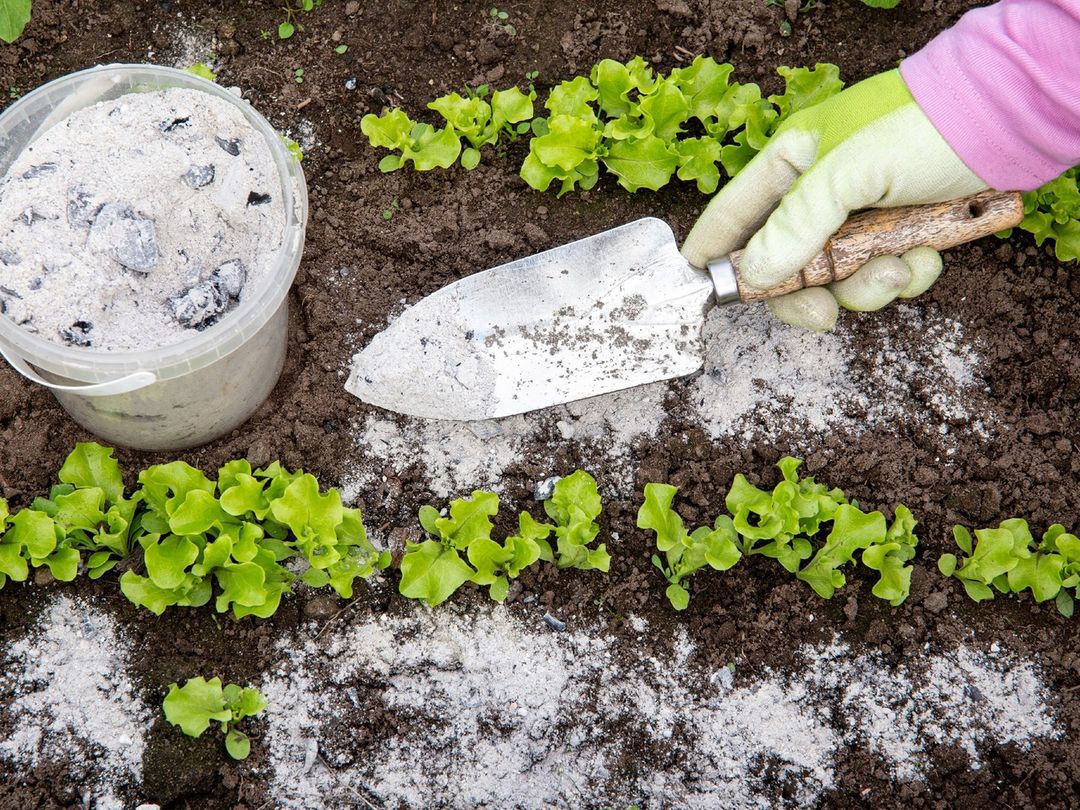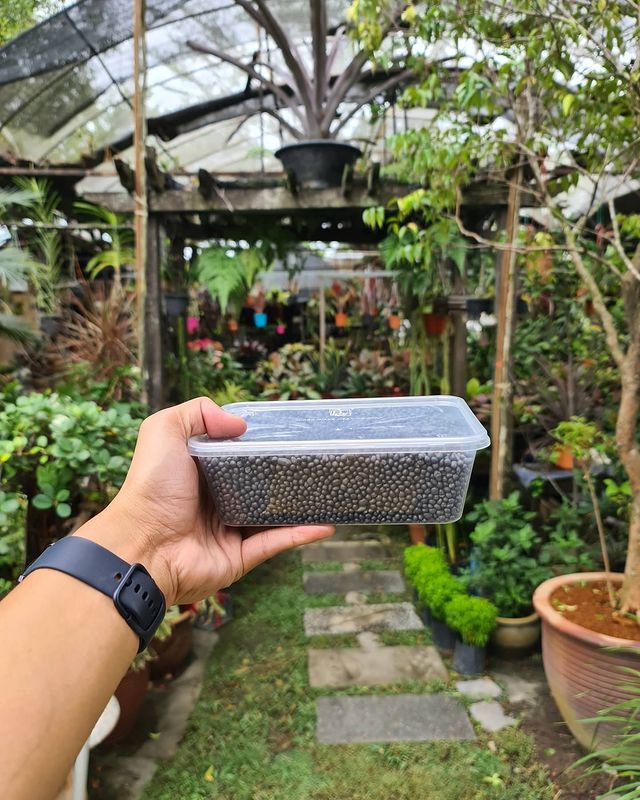Incense has been used for centuries for its aromatic properties in religious ceremonies, meditation, and relaxation.
But did you know that incense ash can also be beneficial for plants? – Who’d have thought it!
So, Is incense ash good for plants? Incense ash contains several nutrients that are important for plant growth, including potassium, phosphorus, and calcium. These nutrients help plants to grow healthy and strong.
Incense ash can also help improve soil fertility.
The alkaline properties of the ash help neutralize acidic soils, creating a more balanced pH level for optimal plant growth.
This is especially beneficial for acid-loving plants like azaleas and blueberries.
It is important to note that overuse of incense ash can lead to nutrient imbalance and toxicity in plants.
Key Takeaways
- Incense ash contains important nutrients for plant growth, including potassium, phosphorus, and calcium.
- The alkaline properties of incense ash can help neutralize acidic soils and improve soil fertility.
- Proper application methods and safety considerations should be followed to avoid nutrient imbalance and toxicity in plants.
Benefits of Incense Ash for Plants
Incense ash is a byproduct of burning incense sticks, cones, papers, and other materials made from wood and aromas.
While it may seem like waste, incense ash can actually provide numerous benefits to plants.
Nutrient Content
Incense ash is rich in essential nutrients such as calcium, potassium, phosphorus, and magnesium, which are essential for plant growth.
These nutrients help in the development of strong roots, healthy leaves, and vibrant flowers.
Using incense ash as a fertilizer can help to improve the nutrient content of the soil, making it more conducive to plant growth.
pH Adjustment
The pH level of soil is an important factor that affects plant growth.
Most plants prefer a slightly acidic soil with a pH level between 6.0 and 7.0. However, soil pH can vary depending on the type of soil and the plants grown in it.
Incense ash can be used to adjust the pH level of soil.
It is alkaline in nature and can help to neutralize acidic soil, making it more suitable for plant growth.
Pest Deterrent
Incense ash can also act as a natural pest deterrent.
It contains compounds that repel insects and pests, such as ants, slugs, and snails.
By sprinkling incense ash around the base of plants, you can create a barrier that prevents pests from reaching them.
Additionally, incense ash can also deter animals such as cats and dogs from digging in the soil around plants.
When incorporating incense ash into your gardening routine, keep in mind that ash is alkaline. This means it should not be added to compost that will be used for acid-loving plants. However, for other types of plants that thrive in neutral or alkaline soil, incense ash can be beneficial. It can provide essential nutrients and help improve soil health. Just use it sparingly to avoid altering the soil’s pH balance too drastically.
DON’T MISS: Is Kingsford charcoal ash good for plants? Find out here!
Application Methods
One way to use incense ash as a fertilizer is to apply it directly to the soil around the plants.
However, it is important to note that not all plants can tolerate the high pH levels of incense ash.
In our experience, we recommended to use incense ash only for acid-loving plants such as azaleas, blueberries, and rhododendrons.
To apply incense ash directly, sprinkle a small amount around the base of the plant and gently work it into the soil.
Be sure not to apply too much, as this can damage the plant’s roots and cause nutrient burn – it’s always best to lean on the side of caution!
Composting
Another way to use incense ash is to add it to compost.
Incense ash is a good source of potassium, which is an essential nutrient for plant growth.
Remember that incense ash should be added to compost in small amounts, as too much can increase the pH level and disrupt the balance of the compost.
To add incense ash to compost, sprinkle a small amount on top of the compost pile and mix it in with other organic matter.
Be sure to wear gloves and a mask while handling incense ash, as it can be irritating to the skin and lungs.
Safety Considerations
One of the main concerns when using incense ash as a fertilizer is the potential for toxicity.
Some types of incense contain chemicals that can be harmful to plants, and these chemicals can end up in the ash.
For example, incense made from synthetic materials or animal products may contain chemicals that could harm your plants.
To avoid toxicity risks, it is recommended to use incense made from natural plant-based materials.
Additionally, it is important to avoid using ash from scented or chemical incense as it may harm the plants.
Proper Dosage
Another important safety consideration when using incense ash as a fertilizer is the proper dosage.
Using too much ash can overload the soil with nutrients, which can be harmful to the plants.
On the other hand, using too little ash may not provide any benefits to the plants.
To determine the proper dosage, it is recommended to start with a small amount of ash and gradually increase the dosage over time.
It is also important to monitor the plants for any signs of stress or damage, and adjust the dosage accordingly.
- 【No ashes from now on】The beautiful incense holder with a glass, burn...
- 【Unique Design 】 Down burning method allows the incense ash to fall...
- 【Modern Home Decoration】 This incense holder for sticks , made of...
- 【High Quality Incense Burner】 It is sturdy and solidly built with an...
- 【Best Gift】The incense burner can be used in many scenes, bedroom,...
Comparative Analysis
Incense Ash vs. Synthetic Fertilizers
Synthetic fertilizers are widely used to provide nutrients to plants.
The problem is, they can be harmful to the environment and can cause soil degradation.
Incense ash, on the other hand, is a natural and organic fertilizer that is safe for the environment.
It contains essential nutrients such as potassium, phosphorus, and calcium that are required for plant growth.
These nutrients are released slowly, which ensures that the plants receive a steady supply of nutrients over time.
Incense ash is also cost-effective compared to synthetic fertilizers.
Synthetic fertilizers can be expensive, and the cost can add up quickly, especially if you have a large garden.
Incense ash can be obtained easily from burnt incense sticks, and it is free.
Incense Ash vs. Other Organic Amendments
There are many organic amendments that can be used to improve soil fertility, such as compost, manure, and bone meal.
However, incense ash has some advantages over these amendments.
Compost and manure are excellent sources of organic matter, but they may not contain enough nutrients to support plant growth.
Bone meal is a good source of phosphorus, but it can be expensive and difficult to obtain.
Incense ash, on the other hand, is a readily available source of nutrients that can be used to improve soil fertility.
In addition, incense ash can be used as a natural pest control. It can help to get rid of slugs, snails, and other pests.
This is a significant advantage over other organic amendments, which do not have this property.
Frequently Asked Questions
What are the benefits of using incense ash as fertilizer for plants?
Incense ash is a natural and cost-effective way to improve the health of plants. It is high in potassium and phosphorus, which are two important nutrients for plant growth. Additionally, incense ash can help to improve the drainage of heavy clay soils and act as a natural pest control.
Can incense ash be harmful to plant health?
While incense ash can provide numerous benefits to plants, it is important to note that using too much of it can be harmful. Excessive amounts of incense ash can increase the pH level of soil, making it too alkaline for certain plants to thrive. It is recommended to use incense ash in moderation and to test the pH level of the soil before application.
How does incense ash compare to other types of plant fertilizers?
Incense ash is a natural fertilizer that can provide many of the same benefits as chemical fertilizers. However, unlike chemical fertilizers, incense ash does not contain harmful chemicals that can harm the environment or human health. Additionally, incense ash is more cost-effective and can be easily obtained.
What is the proper way to apply incense ash to plants?
The best way to apply incense ash to plants is to sprinkle a small amount around the base of the plant and then water it in. It is important to use incense ash in moderation and to avoid applying it directly to the leaves or stems of the plant.
Are there specific types of plants that benefit more from incense ash?
Incense ash can benefit a variety of plants, including vegetables, herbs, and flowering plants. However, it is important to note that some plants may be more sensitive to changes in soil pH levels than others. It is recommended to research the specific needs of each plant before applying incense ash.
What are the environmental impacts of using incense ash in gardening?
Using incense ash as a natural fertilizer can have positive environmental impacts. It is a sustainable and eco-friendly alternative to chemical fertilizers, which can harm the environment and human health. Additionally, using incense ash can help to reduce waste by repurposing a byproduct of incense burning.









